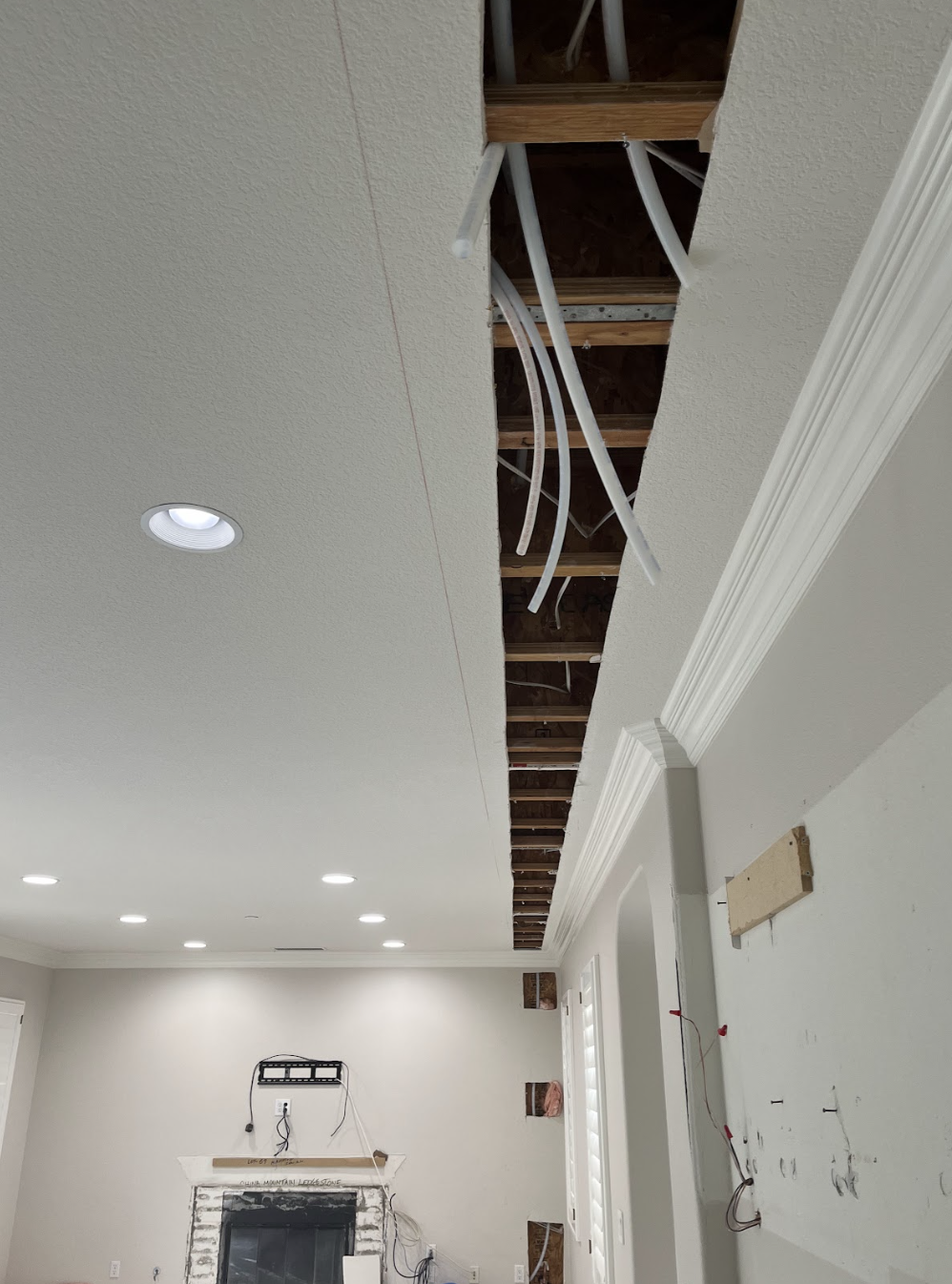In recent years, PEX (cross-linked polyethylene) plumbing pipes have become increasingly popular for their versatility, durability, and ease of installation. However, some homeowners may have concerns about the safety of these pipes and their potential impact on health. In this beginner-friendly blog post, we’ll explore the health concerns behind PEX pipes, debunk common myths, and explain why these pipes are considered a safe and reliable choice for modern plumbing systems.
Understanding Cross-linked Polyethylene Plumbing Pipes:
Manufacturers make PEX pipes from cross-linked polyethylene, a type of plastic chemically altered to enhance strength, durability, and resistance to temperature and pressure. These pipes offer flexibility, corrosion resistance, and suitability for both hot and cold water distribution systems.
Despite their widespread use, cross-linked polyethylene pipes have been the subject of several myths and misconceptions regarding their safety and potential health risks. Let’s debunk some of the most common myths about these pipes:
- Myth: PEX pipes release harmful chemicals. Reality: PEX pipes are inert, approved for drinking water, and meet rigorous safety standards.
- Myth: Cross-linked polyethylene pipes are prone to bacterial growth. Reality: These pipes resist bacterial growth due to their smooth interior, which prevents biofilm and bacteria buildup. Proper installation and maintenance ensure system integrity and prevent contamination.
- Myth: PEX pipes degrade over time, causing leaks and water quality issues. Reality: PEX pipes are durable, resistant to degradation, and less prone to leaks. They have a long lifespan and withstand temperature changes and chemicals without compromising performance.
Safety Features of PEX Pipes:
These pipes undergo stringent testing and certification processes to ensure they meet industry standards for safety and performance. Some key safety features of PEX pipes include:
- NSF/ANSI Certification: PEX pipes are certified by the National Sanitation Foundation (NSF) and the American National Standards Institute (ANSI) for use in potable water systems, indicating compliance with health and safety standards.
- Chlorine Resistance: These pipes are resistant to chlorine degradation, making them suitable for use in municipal water systems treated with chlorine disinfectants.
- Low Lead Content: Cross-linked polyethylene pipes are manufactured with low lead content, reducing the risk of lead leaching into the water and ensuring compliance with lead-free plumbing regulations.
Benefits of PEX Pipes:
In addition to being safe and reliable, these pipes offer several benefits for homeowners and contractors, including:
- Flexibility: The flexibility of PEX pipes allows for easy installation in tight spaces, reducing the need for fittings and connectors.
- Freeze Resistance: These pipes resist freezing and can expand without bursting, making them suitable for cold climates and seasonal homes.
- Cost-Effectiveness: Cross-linked polyethylene pipes offer cost-effectiveness compared to other plumbing materials, providing long-term savings on installation, maintenance, and repairs.
Conclusion:
PEX plumbing pipes offer a safe, reliable, and versatile option for modern plumbing systems. Despite common myths and misconceptions, rigorous testing and certification ensure these pipes comply with health and safety standards. Understanding the facts about cross-linked polyethylene pipes and their safety features allows homeowners to confidently choose them as a trusted solution, ensuring clean, reliable water for years to come.


Add Comment